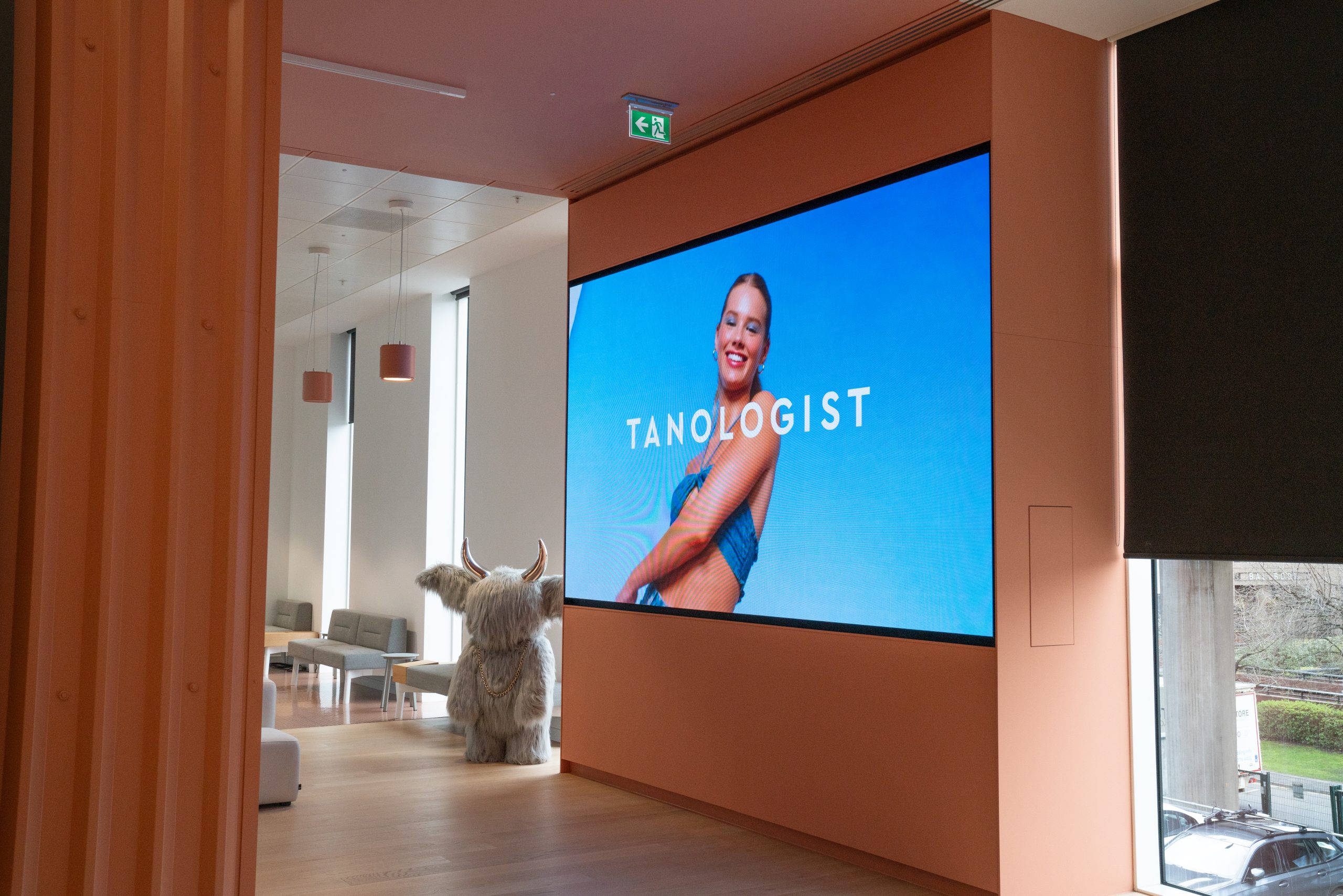LED screens are rapidly replacing traditional methods of signage and advertising across a wide range of sectors, from hospitality to transport and events venues. The superior clarity and brightness of the displays and the ease with which the content can be changed or updated are significant advantages over older methods of signage.
However, LED technology is also a game changer in terms of reducing environmental impact. Here’s a look at the advantages of LED screens in terms of energy-efficiency and sustainability, which are increasingly a priority for businesses and consumers alike as the effects of climate change become more alarming every year.
Energy efficiency
LED lighting methods are significantly more energy efficient than incandescent or fluorescent options. LEDs (light emitting diodes) use at least 75 per cent less power than incandescent lighting, and can last up to 25 times longer. This ultimately means that businesses who make the switch to LED will lower their carbon footprint.
For sectors that need to keep signage or displays running 24/7, this adds up to substantial savings that will soon pay for the extra initial investment required to upgrade to LED. This will benefit retail stores, transport hubs, healthcare facilities and hospitality, all sectors where signage might be in constant use.
It makes an enormous difference to large-scale outdoor advertising screens in particular, allowing video walls to cover the entire sides of buildings and remain operational day and night without incurring huge energy costs or generating excessive greenhouse gas emissions.
Furthermore, many LED lighting systems are compatible with renewable energy sources, and an outdoor screen can be entirely powered by solar panels. This leads the way towards greener energy and further lowers harmful emissions.
Durability and Longevity
As previously mentioned, LEDs can last up to 25 times longer than traditional lighting methods, depending on how they are used. Even constantly in-use LEDs will last for many thousands more hours than traditional lighting methods. This means that they will need to be replaced less frequently, resulting in less wastage.
This ultimately reduces demands on manufacturing and transportation, consuming fewer raw materials and reducing carbon emissions. Of course, it also translates to significant cost and time savings for businesses.
Safer disposal of waste materials & recyclability
LEDs are safer to dispose of than other lighting such as fluorescent bulbs and CRT monitors, which contain mercury. This is a toxic substance that can be a pollution hazard if it is not disposed of correctly. LED screens do not contain any hazardous substances and are easier to recycle than older types of lighting displays.
Lower levels of light pollution
Light pollution is an increasing problem as urbanisation and infrastructure development grows. Artificial lighting can disrupt the migration and feeding patterns of wildlife, and also affect plant growth cycles. It can also disrupt human circadian rhythms, causing worse sleep quality and affecting mood, appetite, and energy levels.
Unnecessary use of overly bright lights at night time also waste energy, further contributing to greenhouse gas emissions. LED lighting is more focused and accurate in aim,which minimises the amount of wasted and unnecessary light.
Furthermore, the brightness of the light can be adjusted to reflect the ambient lighting conditions, either through automatic sensors or by a manual process. This reduces light pollution and is also more energy efficient.
Reduced material waste
Traditional signage that requires printed billboards or posters has a short life cycle, often requiring changing on a regular basis. This generates a lot of waste in terms of paper, printing materials, adhesives and fixatives, and adds to manufacturing and transport demands. It’s also a very costly and time consuming process for businesses.
Alternative digital signage with LED displays and posters can be updated with new content at any time without the need to consume further resources. In the advertising sector, targeted ads can be programmed to display at strategic times of the day or night to widen audience reach, reducing the need for multiple boards displaying separate content.
In the hospitality industry, a great deal of time, energy and money can be saved by using digital menu boards that automatically change in response to the time of day, level of custom, or even the weather conditions or seasonal events such as holidays and festivals.

